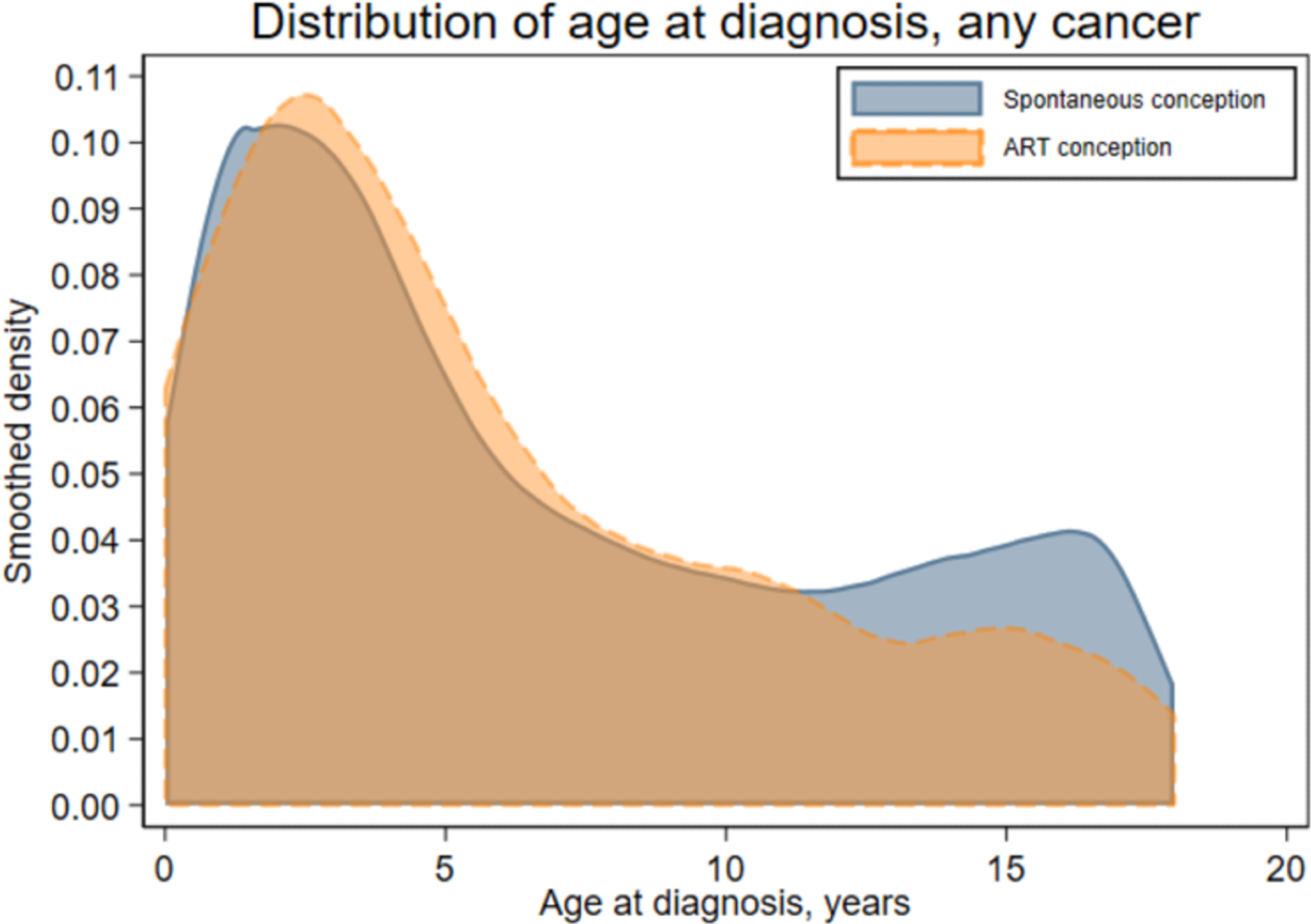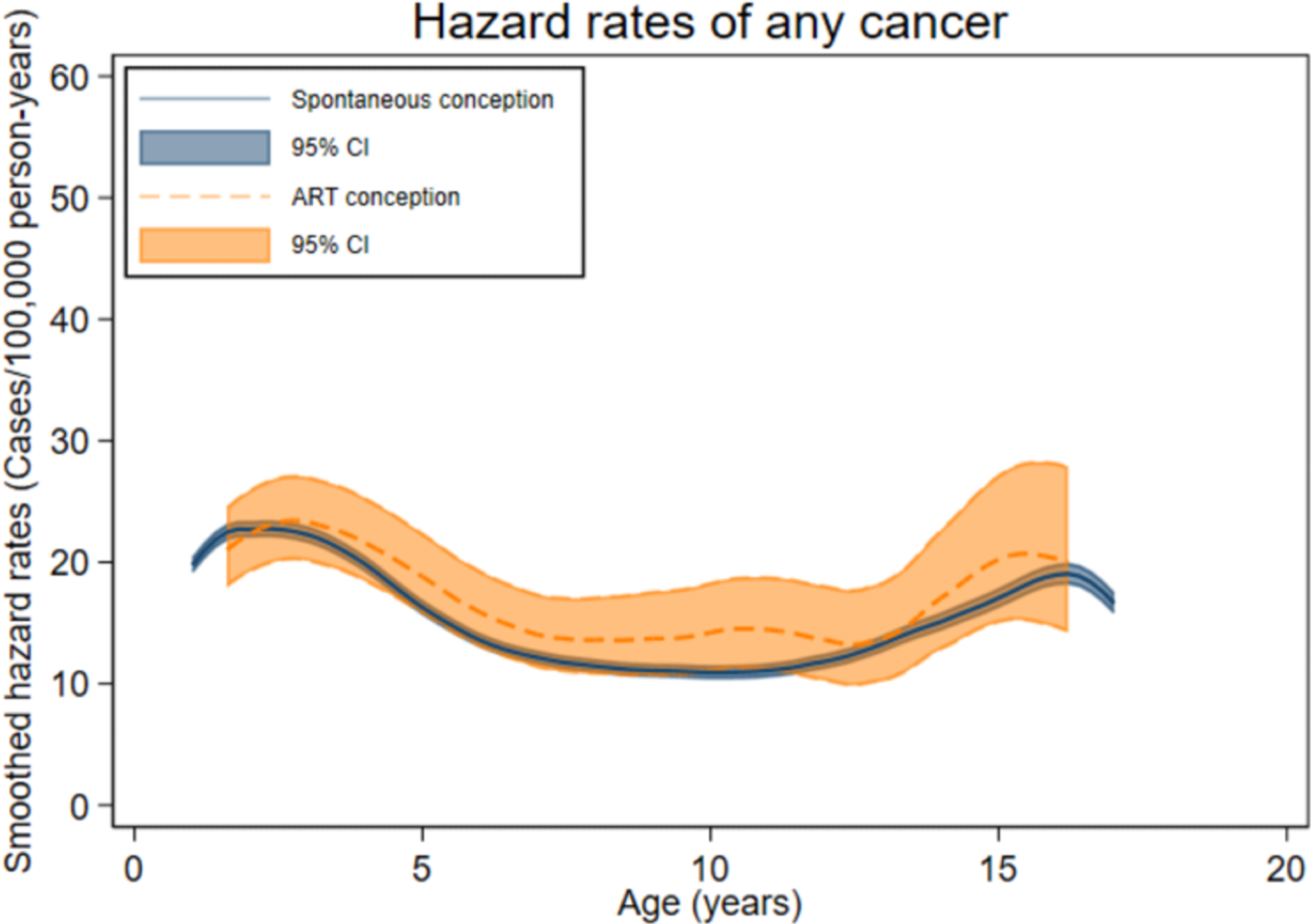Globally, a considerable increase in the utilization of frozen-thawed embryo transfers (FETs) in in vitro fertilization has been observed. For instance, in the United States, the use of FET has doubled since 2015. Similar reports of increased FET rates have been reported in New Zealand, Australia, and Europe. The increase in the FET rate has been attributed to enhanced embryo survival rates and improved pregnancy/live birth rates after the transfer of thawed or vitrified blastocysts.
In many parts of the world, the freeze-all policy is being implemented without considering the benefits and risks associated with this method. Several clinical trials have assessed the difference in the live birth rate following fresh embryo transfer and FET in freeze-all cycles in anovulatory women. Interestingly, a significantly higher live birth rate in anovulatory women was found in a freeze-all group compared to fresh embryo transfer groups. However, most of the trials in ovulatory women revealed similar live birth rates in the freeze-all group and fresh embryo transfer group.
Implementation of the freeze-all strategy has substantially reduced ovarian hyperstimulation syndrome, which is a life-threatening complication linked with assisted reproduction technology (ART). According to a current estimation, ~7.9% of children in Europe and 5.1% of children in the US are born after ART. Recently, there has been an increased percentage of FET-conceived children compared to the number of children born after fresh embryo transfer.
Children are diagnosed with different types of cancer. Assessment of the risk of childhood cancer after ART has shown contradictory results. Most research has indicated that the risk of incidence of cancer in children born after ART is similar to those born normally. Nevertheless, a Danish study suggested that children born after FET are at a higher risk of childhood cancer compared to spontaneous conception.
In a recent PLOS Medicine journal study, scientists have documented that children born after ART, particularly FET, are at an increased risk of developing childhood cancer than those born after spontaneous conception and fresh embryo transfer.
About the Study
The current study obtained data on four Nordic countries, namely Finland, Denmark, Sweden, and Norway, from the Committee of Nordic ART and Safety (CoNARTaS) cohort. This cohort was designed to conduct a short-and long-term assessment of ART treatment in children and their mothers.
Maternal and perinatal health data were collected from nationwide Medical Birth Registries in each country and cross-linked with data from the national cancer registries, the national cause of death registries, and the national patient registries.
Study Findings
The current study, which included 171,774 children born after using ART, did not document an increase in the rate of childhood cancer in this group. However, a higher risk of cancer was observed in children born after FET. The estimates changed marginally after adjusting for relevant confounders.

Proportional distribution of age at first cancer (any type) among spontaneously and ART-conceived children born in Denmark (1994–2014), Finland (1990–2014), Norway (1984–2015), and Sweden (1985–2015) and diagnosed with cancer before age 18 years.
Among different types of cancer, a higher risk of incidence of epithelial tumors and melanomas was found in children born after ART compared to those born after spontaneous conception. A higher risk of leukemia was found in children born after FET compared to those born after embryo transfer and spontaneous conception. The relationship between FET and singletons was found to be weaker than multiples.
Higher birth weight has been associated with an increased risk of childhood cancer, which might be due to some epigenetic alterations. Recent US-based research indicated that the children conceived through ART, who had birth defects of chromosomal origin, were at a greater risk of developing cancer than those conceived spontaneously.
The current study did not find any significant birth defects that could predict cancer prognosis in children born after FET and spontaneous conception. Nevertheless, more research on separating chromosomal and non-chromosomal aberrations must be conducted to detect any specific factor that could indicate the manifestation of cancer in all groups of children.
 Age-specific hazard rates of first cancer (any type) among spontaneously and ART-conceived children born in Denmark (1994–2014), Finland (1990–2014), Norway (1984–2015), and Sweden (1985–2015) and diagnosed with any cancer before age 18 years.
Age-specific hazard rates of first cancer (any type) among spontaneously and ART-conceived children born in Denmark (1994–2014), Finland (1990–2014), Norway (1984–2015), and Sweden (1985–2015) and diagnosed with any cancer before age 18 years.
Strengths and Limitations
The large sample size of the cohort was one of the major strengths of this study. Additionally, including unselected ART and spontaneously conceived children in four Nordic countries was highly advantageous.
The current study failed to confirm if FET increased the risk of childhood cancer. Finland was excluded from the FET analysis due to missing information on the ART method. Additionally, no data related to emigration status from Finland was available. Another limitation of the present research was its observational study design. Further, children who were born via other medically assisted reproduction methods (e.g., intrauterine insemination) were not excluded from the cohort.
Conclusions
Taken together, children born after ART are not at risk of developing cancer. However, children born after FET are at a higher risk of childhood cancer than those born after spontaneous conception and fresh embryo transfer. In the future, more research must be conducted to validate the current study's findings. Additionally, the underlying mechanisms associated with FET and the increased risk of childhood cancer must be studied.